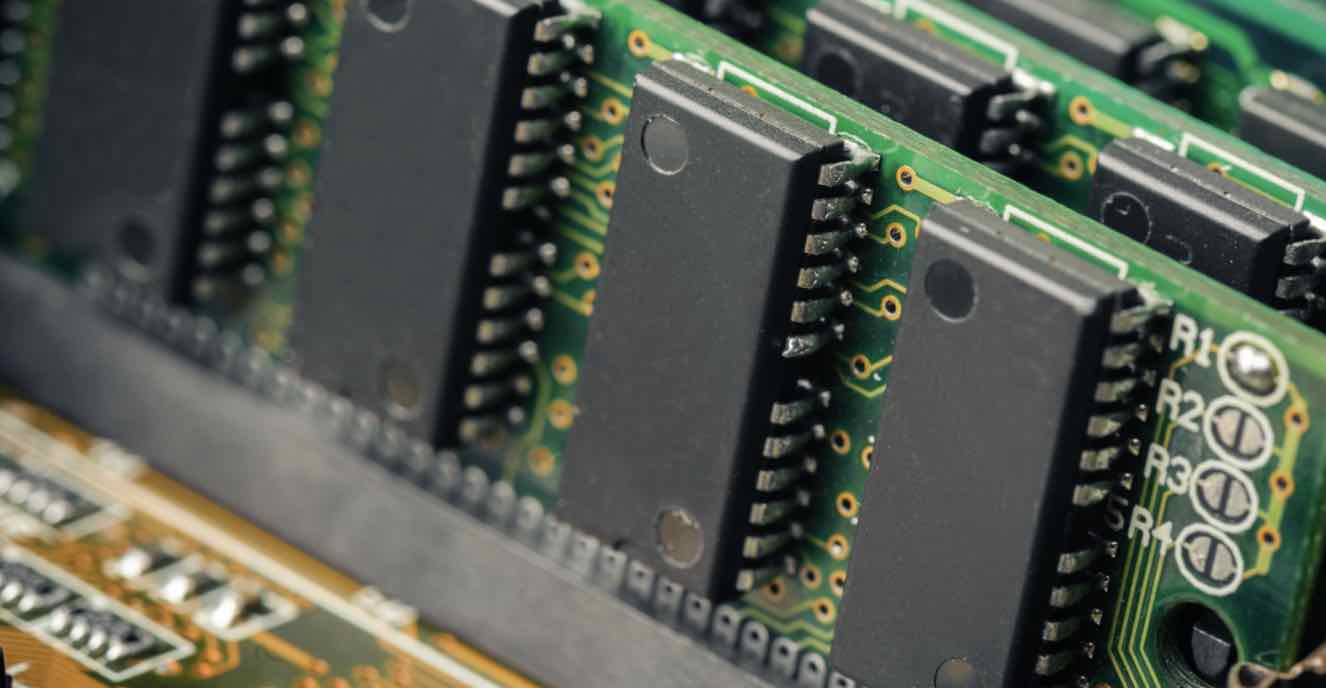Kitchen cabinet handles are more than just decorative accents; they’re essential for daily functionality in one of the busiest rooms in your home. Ergonomic handles, designed with user comfort and ease in mind, are transforming how we interact with kitchen storage. In 2025, as homeowners prioritize both style and practicality, ergonomic handles are gaining popularity for their ability to enhance usability while complementing modern aesthetics. This article explores why ergonomic kitchen cabinet handles improve usability and how they can elevate your kitchen experience.
What Are Ergonomic Handles?
Ergonomic handles are designed to fit the natural shape and movement of the human hand, making it easier to open cabinets and drawers with minimal effort. Unlike traditional round knobs, which require a firm grip and twisting motion, ergonomic handles—often levers, bar pulls, or contoured knobs—allow for smooth, intuitive operation. These designs reduce strain on the hands, wrists, and fingers, making them ideal for households of all ages and abilities.
In a kitchen, where repetitive tasks like opening drawers or accessing pantry items are common, ergonomic handles streamline daily routines, enhancing both comfort and efficiency.
Enhancing Accessibility for All
One of the biggest benefits of ergonomic handles is their accessibility. Lever-style pulls and bar handles require less grip strength and dexterity than round knobs, making them easier to use for children, elderly individuals, or those with mobility challenges, such as arthritis or limited hand strength. This aligns with the principles of universal design, ensuring your kitchen is welcoming and functional for everyone.
For example, a long bar pull allows users to open a drawer with a gentle tug, using their fingers, palm, or even elbow. This accessibility makes ergonomic handles a smart choice for family homes or those planning for aging-in-place renovations.
Reducing Physical Strain
Repetitive motions in the kitchen, like opening heavy drawers or reaching for high cabinets, can cause discomfort over time. Ergonomic handles are designed to minimize strain by aligning with the body’s natural movements. Contoured shapes and smooth edges fit comfortably in the hand, reducing pressure on joints and muscles.
For instance, a well-designed lever handle allows you to apply even pressure across a larger surface area, unlike a small knob that concentrates force on a few fingers. This small change can make a big difference in a busy kitchen, where frequent use of cabinets and drawers is the norm.
Improving Efficiency in Daily Tasks
A kitchen’s usability hinges on how easily you can access tools, ingredients, and storage. Ergonomic handles streamline these tasks by making cabinets and drawers quicker and easier to open. Long bar pulls or wide lever handles provide a secure grip, allowing you to open heavy or fully loaded drawers with minimal effort.
This efficiency is especially valuable in high-traffic kitchens or during meal prep, where speed and ease of access are crucial. Ergonomic handles eliminate the frustration of struggling with sticky or hard-to-grip knobs, making your kitchen workflow smoother and more enjoyable.
Complementing Modern Aesthetics
Ergonomic doesn’t mean sacrificing style. In 2025, ergonomic handles are available in designs that align with modern kitchen trends, from sleek bar pulls to minimalist levers. Finishes like matte black, brushed gold, or stainless steel ensure these handles look as good as they feel, blending seamlessly with contemporary, industrial, or Scandinavian-inspired kitchens.
For example, a slim, knurled bar pull combines ergonomic functionality with a tactile, industrial-chic aesthetic. This balance of form and function makes ergonomic handles a versatile choice for homeowners who want a stylish yet practical kitchen.
Supporting High-Traffic Kitchens
Kitchens are often the heart of the home, enduring heavy use from cooking, cleaning, and socializing. Ergonomic handles are built to withstand this wear and tear, with durable materials like solid brass, stainless steel, or zinc alloy that resist corrosion and damage. Their sturdy construction ensures smooth operation even after years of frequent use.
Additionally, ergonomic designs often feature larger surface areas, making them easier to clean and maintain. Finishes like brushed nickel or matte black hide fingerprints and smudges, keeping your kitchen looking polished with minimal upkeep.
Enhancing Safety
Ergonomic kitchen cupboard door hinges can also contribute to a safer kitchen environment. Round knobs can be slippery, especially with wet or greasy hands, increasing the risk of fumbling or straining to open cabinets. Lever handles or bar pulls offer a more secure grip, reducing the chance of accidents during busy cooking sessions.
Some ergonomic handles in 2025 are incorporating innovative features, like antimicrobial coatings, which reduce the spread of germs in high-touch areas. This is particularly valuable in shared or family kitchens where hygiene is a priority.
Versatility Across Kitchen Styles
Ergonomic handles are highly versatile, fitting a range of kitchen aesthetics. For modern kitchens, sleek lever pulls in matte black or chrome create a minimalist look. In rustic or farmhouse-style spaces, textured bar pulls in antique bronze or reclaimed wood offer both comfort and charm. Even eclectic kitchens can benefit from ergonomic handles with bold finishes or organic shapes.
This versatility allows you to prioritize usability without compromising your design vision. Whether your kitchen is large or small, ergonomic handles can enhance its functionality while elevating its style.
Budget-Friendly Usability Upgrade
Swapping out standard handles for ergonomic ones is a cost-effective way to improve your kitchen’s usability. Unlike major renovations, replacing handles is a quick, affordable project that delivers immediate results. You can upgrade high-traffic areas, like kitchen islands or pantry drawers, with premium ergonomic pulls while using budget-friendly options elsewhere to balance costs.
Many ergonomic handles are competitively priced, especially in durable materials like stainless steel or recycled aluminum. This makes them an accessible option for homeowners looking to enhance both function and style.
Choosing the Right Ergonomic Handles
To maximize usability, consider the following when selecting ergonomic handles:
- Size and Shape: Choose longer pulls or levers for heavy drawers and larger cabinets, as they distribute force evenly. Smaller, contoured knobs work well for lighter cabinets.
- Material: Opt for durable, low-maintenance materials like stainless steel or brushed brass to ensure longevity and ease of cleaning.
- Finish: Select finishes that complement your kitchen’s aesthetic, such as matte black for modern designs or antique bronze for rustic vibes.
- Compatibility: Measure the center-to-center distance for pulls and screw lengths for knobs to ensure a proper fit. Adjustable screw spacing offers flexibility for non-standard cabinets.
Testing handles in person, if possible, helps you assess their comfort and grip. Showrooms or home improvement stores are great places to explore options and find inspiration.
Conclusion
Ergonomic kitchen cabinet Handles 4u are a game-changer for improving usability while enhancing your kitchen’s style. By reducing strain, increasing accessibility, and streamlining daily tasks, these handles make your kitchen more functional and enjoyable. With designs that align with 2025’s modern trends, from sleek levers to textured pulls, ergonomic handles offer the perfect blend of practicality and aesthetics. Choose high-quality, user-friendly handles that complement your kitchen’s design to create a space that’s both comfortable and stylish for years to come.













